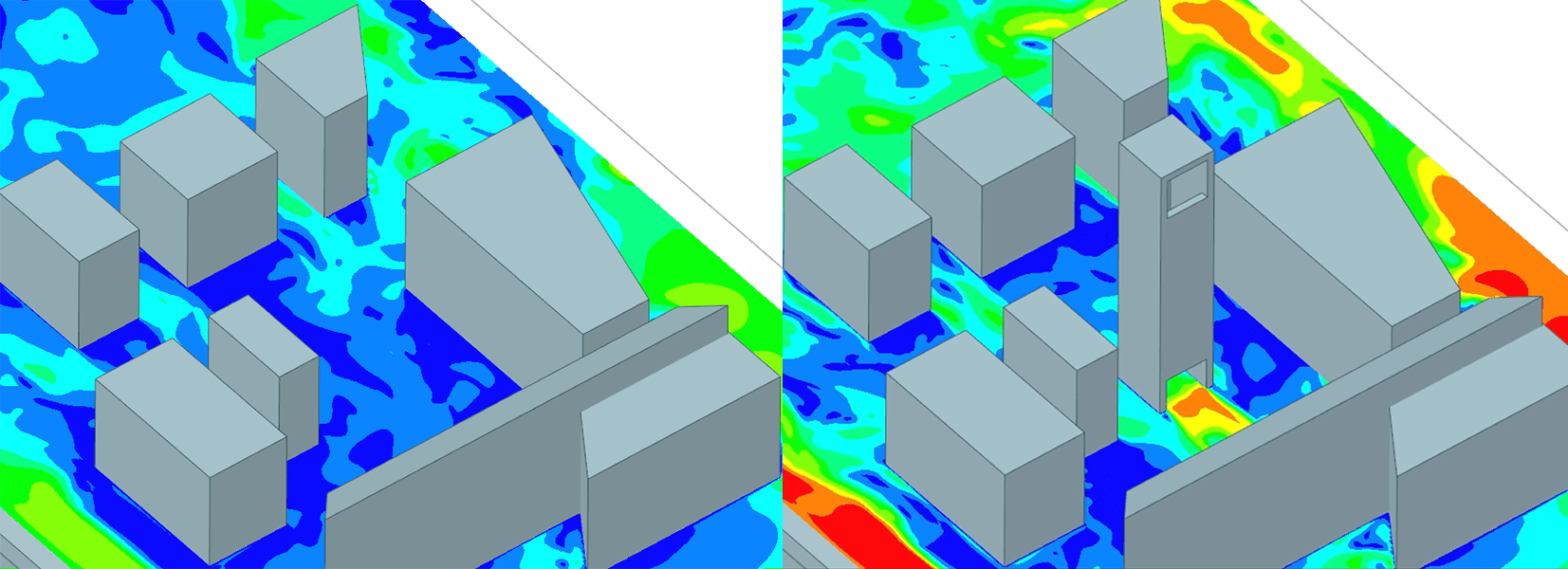Microclimate Analysis
Micro-climate studies are becoming increasingly important as the growing population is concentrated in cities. Increasing construction in order to meet the needs of the population increases energy consumption as well as comfort, air quality and adversely affects disease and rates.

An analysis of the historical climate data, the rise in temperature values, shows that humanity will have ecologically difficult days. Numerical analysis of these determinations provides advantages for accurate design criteria and qualified applications.Alkazar is not only a climate analysis for a building, but it is by your side with the numerical data, concretizing how the block around the building has changed from past to present.
Calculations with numerical methods accelerated in the last 5-10 years with the development of computer infrastructure and software. Thus, digital modeling of surrounding structures, topography, terrain type (dense forest, lake or dry desert climate, etc.) and building form can be considered together. As a result of this, the new micro-climate and the differences of the previous climate type are visualized and interpreted together for comfort and energy consumption.

Defined in the 1950s and used as a result of intensive urbanization due to urbanization, “urban heat island” is one of the critical issues in today’s architecture. The change in wind, humidity, air temperature, radiation temperature and the sensible temperature related to them affect the energy value of the structure to be applied in terms of micro-climate and affect the thermal comfort of the people living in the environment.
In the first stage, the generation of regional climate data (WRF) is important for a new design. The scale is then scaled down and further detailed analysis (especially wind and solar radiation changes – CFD model) shows the effect of structures on each other in terms of comfort. By specifying the energy analysis in the initial design stage with the building shell, the consumption rates for the micro-climate and the new micro-climate to be created are determined. This data makes it possible to choose the right air conditioning system, wind-related comfort-enhancing measures, the correct choice of façade orientation for sandstorms, and the right planning and modeling of the agglomeration due to rain accumulation.




